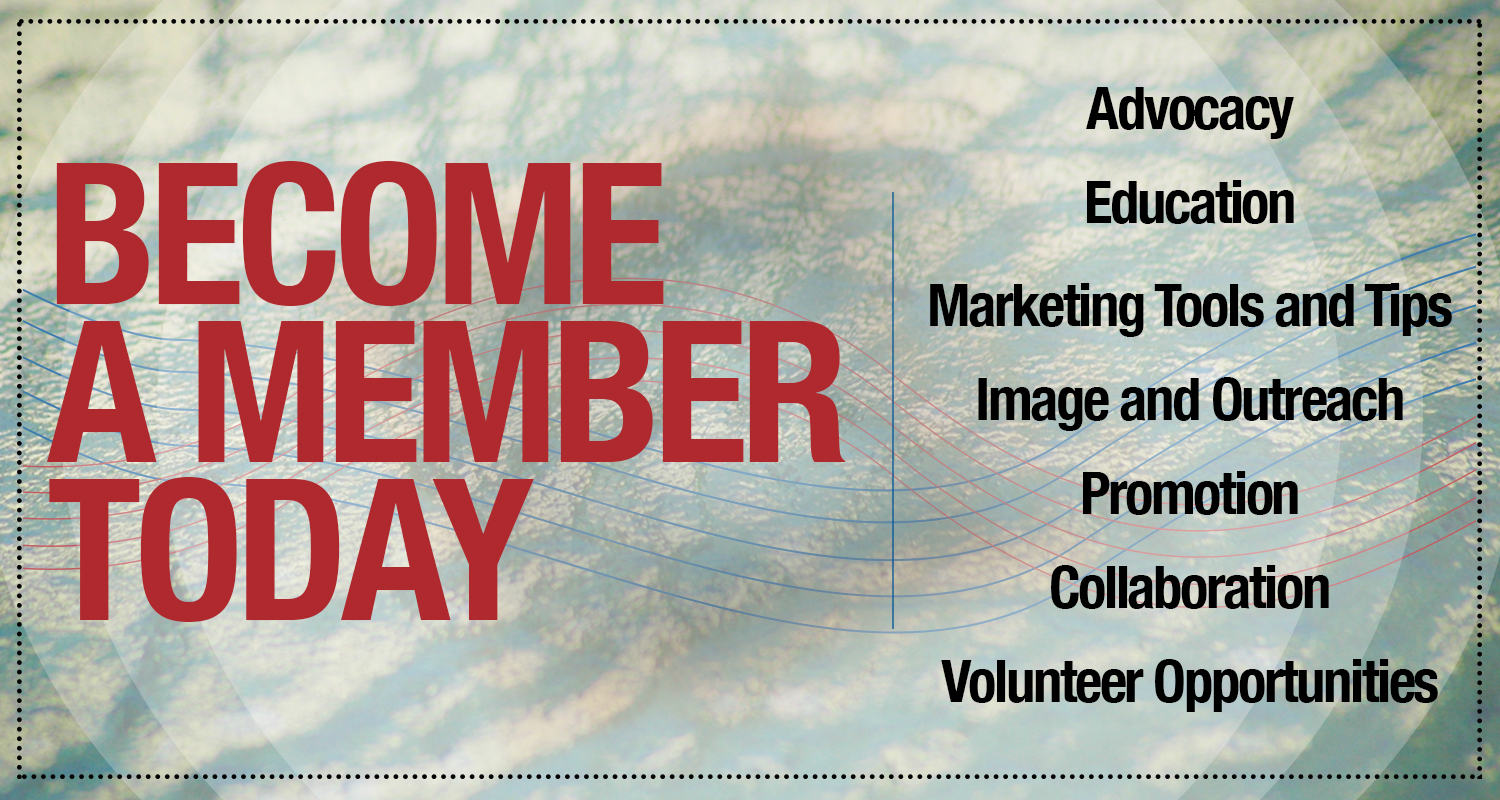Tips for Healthcare Providers Communicating with Patients with Hearing Loss
During the COVID-19 pandemic, people with hearing loss may struggle even more to communicate: Masks degrade speech and remove important lip reading cues and facial expressions. Additionally, listening with hearing loss is effortful. Stress, fatigue, and illness can reduce the listener’s resources to make that effort.
The Canadian Coalition for Adult Hearing Health (CCAHH), a collaboration between the Canadian Academy of Audiology and Speech-Language & Audiology Canada, is pleased to provide tips for healthcare providers communicating with patients with hearing loss.
IN-PERSON CARE
- Ask your patient if they have hearing loss.
- Get your patient’s attention first by saying their name or making a visual gesture.
- Before starting the consultation, confirm your patient can hear and understand you.
- Ensure your patient is wearing their hearing aids and glasses, if applicable.
- Use a portable assistive listening device such as a Pocketalker, ensuring appropriate infection control protocols.
- Face your patient, even if you are wearing a mask.
- Use short sentences and pause between sentences.
- Ensure comprehension by asking if they understood or need clarification.
- Rephrase rather than repeat instructions if your patient does not understand.
- Slow your rate of speech.
- Speak slightly louder and clearly but naturally; do not shout as this can distort speech.
- Ensure good lighting; make sure the light is on your face rather than behind you.
- Reduce background noise as much as possible.
- Use pen and paper or a talk-to-text function on electronic devices for real-time interactions.
VIRTUAL CARE
- If providing care to your patient virtually use the above tips plus the following:
- Check that your patient can hear you and has optimally set up their audio connection before starting the appointment.
- Use speech-to-text captioning.
- Check video/audio settings and room lighting before starting.
- Face the camera when speaking.
- Do not cover your mouth with the microphone.
- Ask your patient if they use a relay service.
For further information, contact Lorienne Jenstad, CCAHH Chair: ljenstad@mail.ubc.ca
Download tips English
Download tips French
Virtual Meetings – Reunions Virtuelles
This year for May month the Canadian Academy of Audiology is highlighting the top 10 ways to make virtual meetings accessible to those with hearing loss.
As the world is shifting towards a more virtual workforce, it is important to be aware that virtual meetings can present additional listening demands and challenges. This is especially true for people living with hearing loss. Did you know that at least one in five people attending your next meeting have some degree of hearing loss? Understanding potential listening barriers and identifying how to effectively maximize communication is the key to holding a successful virtual meeting.
CAA has created an article on top ways to improve hearing access in virtual meetings, a poster that can be printed out and an animated video all of which you can use and share.




